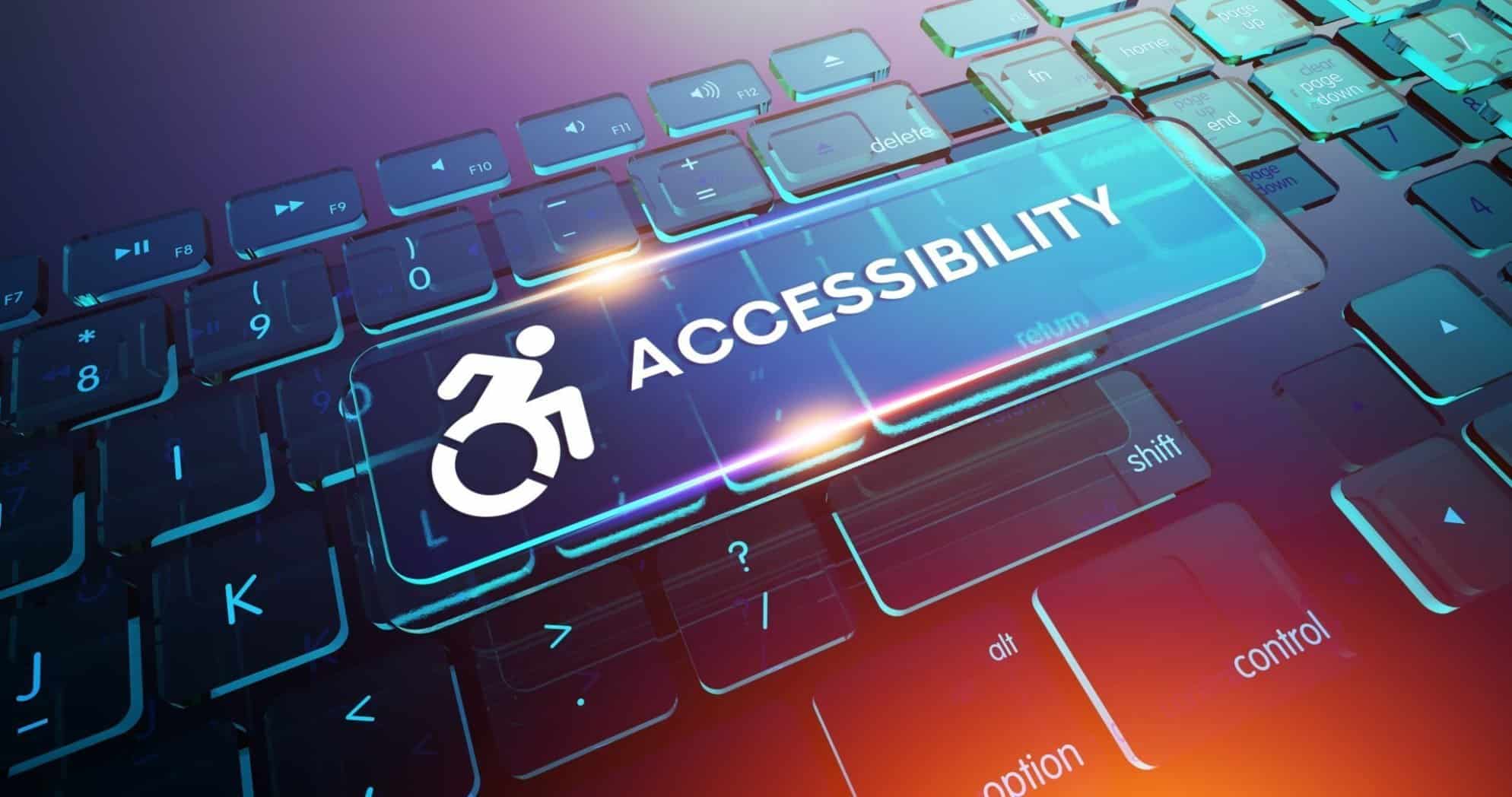Changes Due to COVID-19 Show Digital Accessibility Is Actually Possible
Blink once, and the entire world changes.
That’s the way it seemed with the COVID-19 pandemic, isn’t it? One instant everything is normal, and the next, our lives were turned topsy-turvy. The changes have encompassed virtually all aspects of our lives, including work.
At-home workers now communicate digitally or virtually. Daily meetings are now online. Government agencies engage the public with digital options that support mass, remote communications.
These are significant changes, and ones that the disabled community has been seeking for some time. Though nobody wished or envisioned that they would be brought about by a global pandemic, there’s the opportunity for a ‘told-you-so’ moment for the disabled community. Long denied as being too difficult to execute, many changes sought by the disabled community are now coming to fruition.
As we celebrate Global Accessibility Awareness Day today, let’s take a moment to examine how the world has become more accessible in the last two months, and how organizations can continue to commit to accessibility.
We Knew It Could Be Done!
For many years, people living with disabilities have pushed for digital alternatives that would make it possible for them to experience life more fully and equally. They’ve argued that existing technologies could provide them with the ability to fully participate in life experiences, such as a child’s graduation or a concert. And they’ve advocated for the use of existing technologies to enable more work opportunities for people with disabilities.
The pandemic has provided proof that all of those desires and hopes were realistic. The forced evolution to a more remote workforce, in fact, has spurred the development of the very infrastructures necessary to support the digital alternatives that people with disabilities have long advocated. Activists for the disabled community even created a spreadsheet that showcases the changes that have been made, providing proof of what organizations can do to enhance accessibility.
Each change spotlighted in the spreadsheet had previously been requested on behalf of people with disabilities, but denied. Accessibility simply hasn’t been a priority for many companies. It took a pandemic to finally implement accessibility enhancements that have long been technologically feasible.
As a recent BuzzFeed article noted, “The perception is accommodations like online instruction, paying for sick leave, and single-use products have been deemed too difficult, or not worthwhile, to provide to the disability community — but organizations are willing and able to provide now that the health of able-bodied people is at stake.”
The digital transformations caused by COVID-19 demonstrate that improving digital accessibility isn’t just about catering to people with disabilities — it’s about creating a stronger user experience for everyone.
Moving Forward with Digital Accessibility
The pandemic has generated a greater reliance on digital, and has spotlighted the digital accessibility shortcomings of most organizations. Those companies should be looking at this pandemic as a wake-up call to improve their digital accessibility.
Companies looking for guidance in strengthening digital accessibility can look to the current Web Content Accessibility Guidelines, or WCAG 2.1. The U.S. Equal Employment Opportunity Commission has also published a guide that is specific to the current COVID crisis: Pandemic Preparedness in the Workplace and the Americans with Disabilities Act.
The pandemic has generated a greater reliance on digital, and has spotlighted the digital accessibility shortcomings of most organizations.
But the above guidelines are just a start. Assuring digital accessibility requires both designing and developing for accessibility.
Inclusive design helps to ensure that, from the earliest stages of development, a product team is focused upon accessibility — and that focus isn’t simply a matter of mindset. Aids such as the Applause Accessibility Tool can help. Using this tool, developers can identify and resolve issues while they code, helping to maintain a baseline of website accessibility.
That being said, testing for accessibility is crucial. Performing accessibility testing with real people, with real disabilities, in real-world environments, will help to uncover issues with accessibility that you’ll want to know about before your product hits the market.
Making accessibility a priority throughout the design and development process is the right thing to do. And for companies that wish to avoid becoming the next company taken to court for failing to meet digital accessibility guidelines, it’s also the smart thing to do.
Better for Everyone
The disabled community deserves digital experiences that are accessible, easy to use, seamless to adopt and function at the highest levels of quality.
COVID-19 has spurred advances in digital accessibility that will be of long-term benefit to everyone, not just people with disabilities. After all, making the digital world more accessible creates greater opportunities for more equitable workplaces, more efficient and productive workforces and more favorable work-life balances — for everyone.
The COVID-19 pandemic has done plenty of damage, but if digital accessibility is improved coming out of this crisis, it will be one good thing.
For more on accessibility, watch our webinar on digital accessibility with guest speaker Tanner Gers, the Business Development Lead at American Foundation for the Blind.
Ebooks
Accessible By Design
Discover the state of play in digitally accessible experiences.
